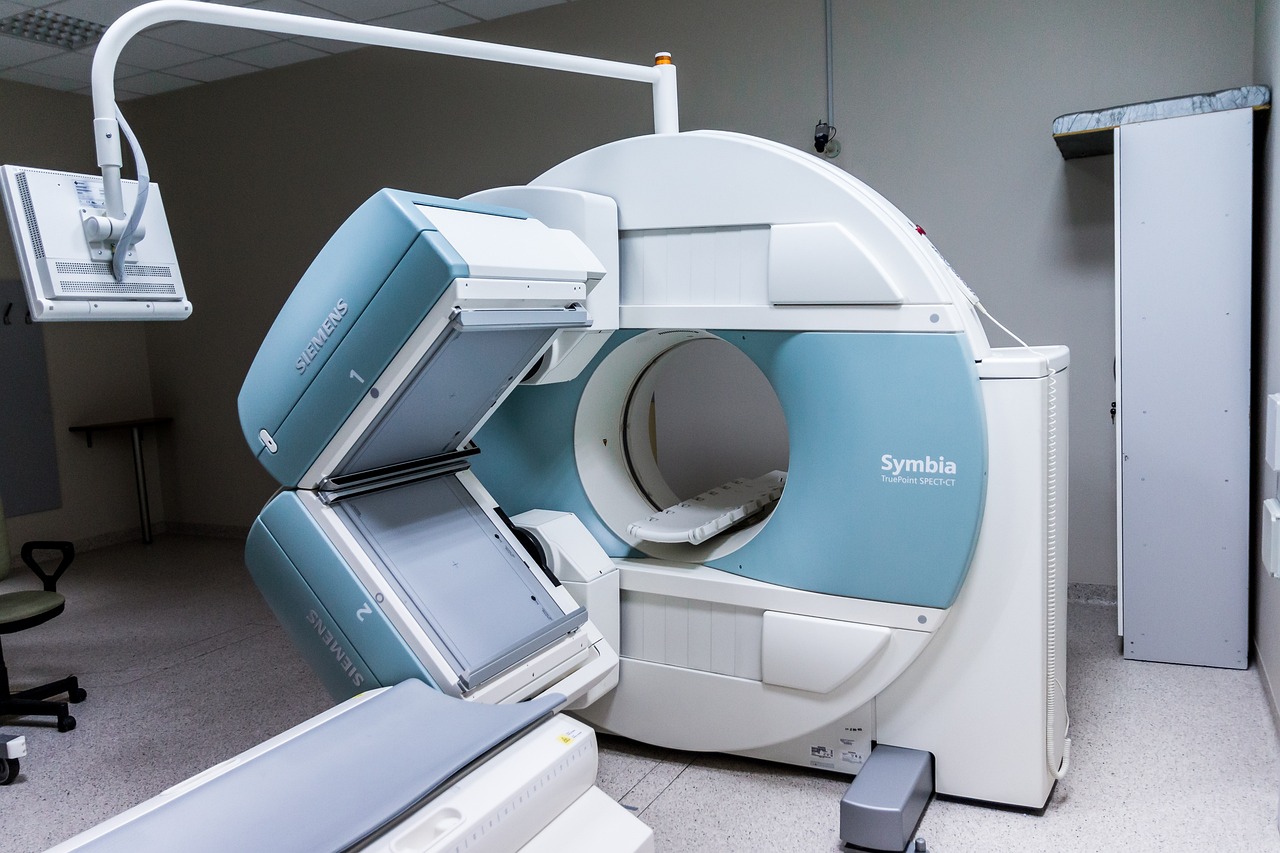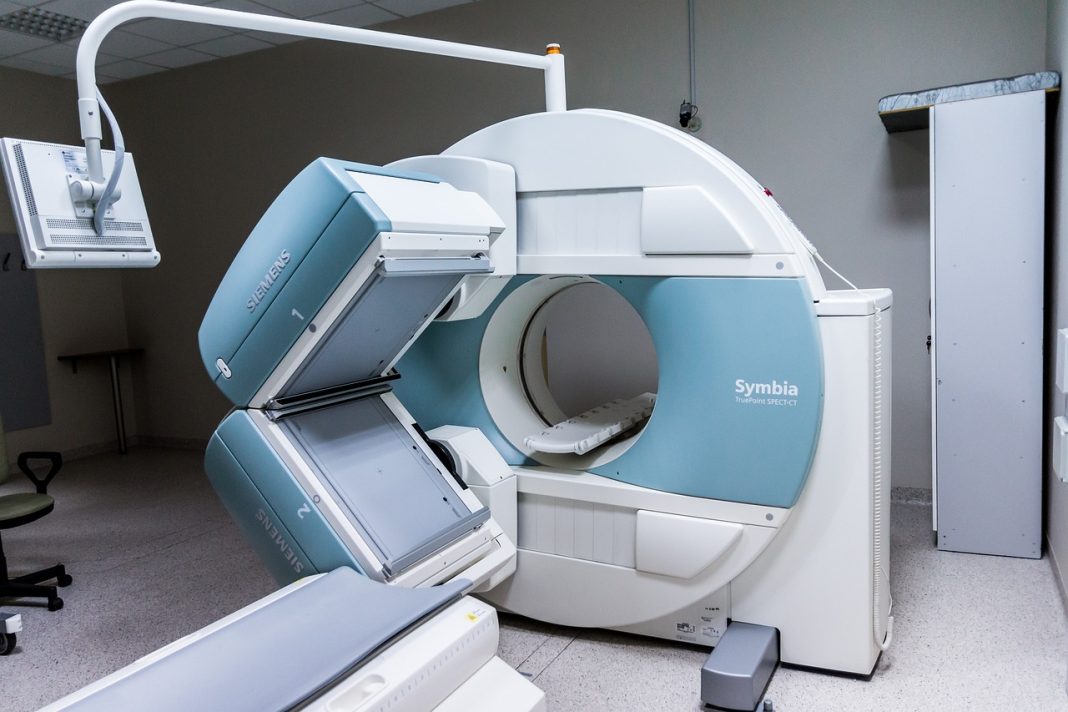
Celiac disease is a chronic autoimmune disorder that affects millions of people worldwide. It is a condition in which the body’s immune system reacts to gluten, a protein found in wheat, barley, and rye. The reaction causes damage to the lining of the small intestine, leading to a range of symptoms and complications. While there is no cure for celiac disease, a gluten-free diet is the only treatment available. In this article, we will explore what celiac disease is, its symptoms, and how to thrive with gluten-free living. We will also discuss the challenges of maintaining a gluten-free diet and provide tips and resources for those living with celiac disease.
1. Understanding Celiac Disease: Causes, Symptoms, and Diagnosis
Celiac disease is an autoimmune disorder that affects the digestive system. It is caused by an intolerance to gluten, a protein found in wheat, barley, and rye. When someone with celiac disease consumes gluten, their immune system attacks the lining of their small intestine, causing damage and inflammation. Over time, this can lead to a variety of symptoms and complications.
Symptoms of celiac disease can vary widely from person to person. Some people may experience digestive issues such as bloating, diarrhea, or constipation. Others may have non-digestive symptoms such as fatigue, joint pain, or skin rashes. In some cases, celiac disease may not cause any noticeable symptoms at all. Diagnosis typically involves a blood test to check for certain antibodies, followed by a biopsy of the small intestine to confirm the diagnosis. If you suspect you may have celiac disease, it is important to speak with your healthcare provider to discuss testing and treatment options.
2. Thriving with Gluten-Free Living: Strategies for Managing Celiac Disease
Living with celiac disease can be challenging, but with the right strategies, it is possible to thrive while managing the condition. Here are some tips to help you manage celiac disease:
- Read labels carefully: Gluten can be found in unexpected places, such as sauces, dressings, and even some medications. Always read labels carefully before consuming or using any product.
- Plan ahead: When eating out, research restaurants in advance and call ahead to ask about gluten-free options. When traveling, pack gluten-free snacks and research gluten-free options at your destination.
- Stock up on gluten-free staples: Keep your pantry stocked with gluten-free staples such as rice, quinoa, gluten-free pasta, and gluten-free flour. This will make it easier to prepare gluten-free meals at home.
It’s also important to make sure you’re getting all the nutrients your body needs while following a gluten-free diet. Some people with celiac disease may have difficulty absorbing certain nutrients, such as iron and calcium. Talk to your doctor or a registered dietitian to make sure you’re getting enough of these nutrients.
- Consider supplements: If you’re having difficulty getting enough nutrients from your diet, consider taking supplements. Your doctor or a registered dietitian can recommend supplements that are safe and effective.
- Experiment with new recipes: Eating gluten-free doesn’t have to be boring. Experiment with new recipes and try new gluten-free products to keep things interesting.
- Connect with others: Join a support group or connect with others online who are also living with celiac disease. This can be a great source of information and support.
3. Navigating Gluten-Free Options: Tips for a Healthy and Enjoyable Lifestyle
Navigating a gluten-free lifestyle can be challenging, but it doesn’t have to be. With a few tips and tricks, you can enjoy a healthy and enjoyable diet without sacrificing taste or variety. Here are some tips to help you navigate gluten-free options:
– Read food labels carefully: Gluten can hide in unexpected places, such as sauces, dressings, and seasonings. Always read the label to ensure the product is gluten-free.
– Experiment with gluten-free grains: There are many delicious gluten-free grains to choose from, such as quinoa, brown rice, and buckwheat. Experiment with different grains to add variety to your diet.
– Stock up on gluten-free snacks: It’s important to have gluten-free snacks on hand for when hunger strikes. Some great options include fresh fruit, nuts, and gluten-free crackers.
– Choose naturally gluten-free foods: Many whole foods, such as fruits, vegetables, and lean meats, are naturally gluten-free. Incorporate these into your diet for a healthy and balanced meal plan.
Remember, living a gluten-free lifestyle doesn’t have to be restrictive or boring. With a little creativity and planning, you can enjoy a wide variety of delicious and healthy foods. In conclusion, celiac disease is a serious autoimmune disorder that requires a lifelong commitment to a gluten-free lifestyle. However, with the right education, support, and resources, individuals with celiac disease can thrive and enjoy a healthy, fulfilling life. By understanding the importance of avoiding gluten, working closely with healthcare providers, and embracing gluten-free living, those with celiac disease can manage their symptoms and prevent complications. With continued research and advocacy, we can continue to improve the lives of those with celiac disease and work towards a future where gluten-free living is more accessible and inclusive.








